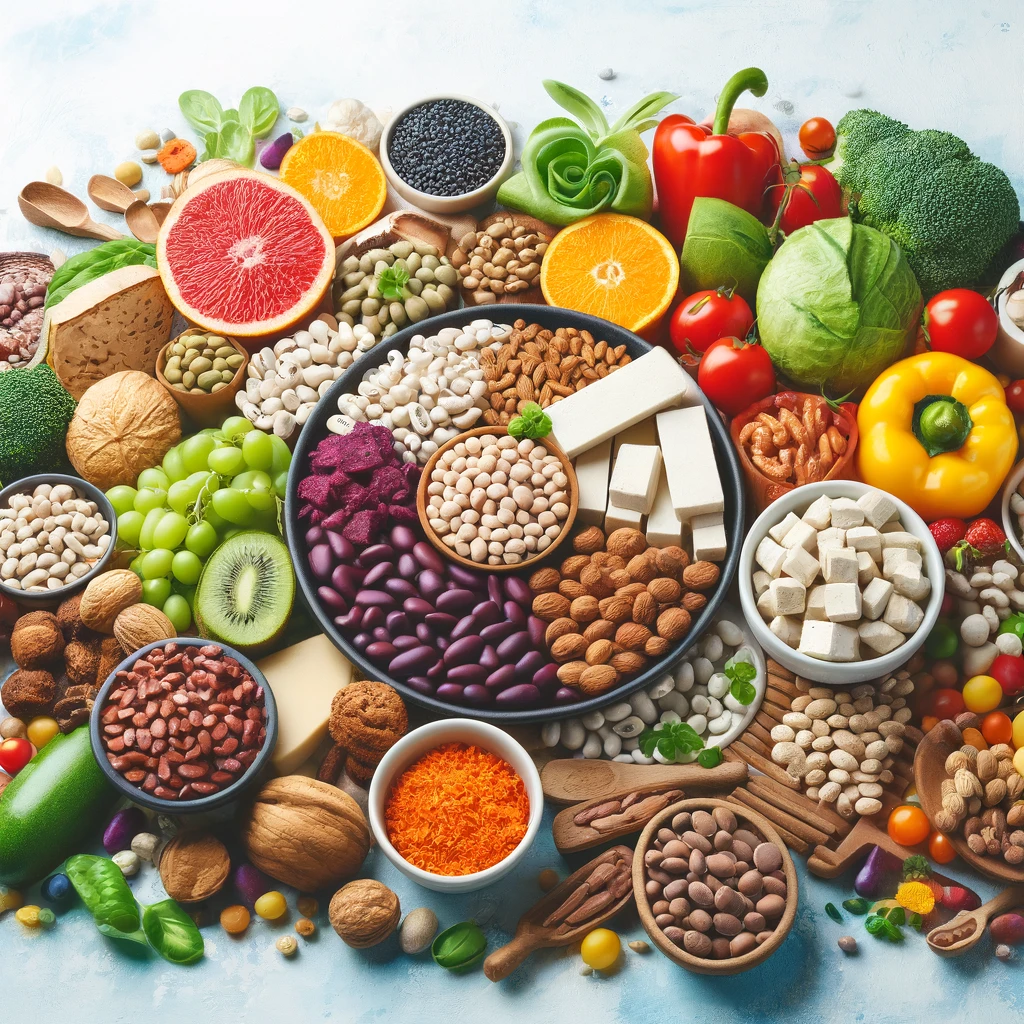Recently, the spotlight on plant-based diets has grown brighter, highlighting the myriad health benefits associated with plant-powered protein sources. Whether motivated by environmental concerns, health reasons, or ethical considerations, more people are looking to plants to fulfill their dietary protein needs. But how can you effectively add plant-based proteins to your diet, and why should you consider making this shift? Let’s dive in.
The Power of Plant-Based Proteins
Plant-based proteins come from various sources, including legumes, grains, nuts, seeds, and vegetables. Unlike animal proteins, plant proteins often contain less saturated fat and cholesterol and more dietary fibre and essential nutrients. Here’s why incorporating more plant-powered proteins into your diet is a smart choice for your health:
Heart Health
Studies have shown that diets high in plant-based proteins are linked to a lower risk of cardiovascular diseases. Plant proteins can help lower blood pressure and cholesterol levels and reduce the risk of heart attacks and strokes.
Weight Management
High-fiber content in plant-based foods not only helps you feel full longer but also aids in digestion, which can contribute to weight loss and maintenance.
Reduced Risk of Chronic Diseases
Diets rich in plant-based foods are associated with a lower risk of various chronic diseases, including type 2 diabetes, certain cancers, and metabolic syndrome.
Sustainability
Switching to plant-based protein sources can also have a positive impact on the environment. It can reduce one’s carbon footprint and conserve water and land resources.
How to Add Plant-Based Proteins to Your Diet
Incorporating more plant-based proteins into your diet is easier than you might think. Here are some simple strategies to get you started:
Start with Familiar Foods
Begin by adding plant-based proteins to meals you already enjoy. For instance, add beans to your salads, nuts to your breakfast cereal, or tofu to your stir-fry.
Experiment with Meat Alternatives
Explore meat alternatives like lentil burgers, chickpea patties, or tempeh bacon. These can offer familiar textures and flavors while packing a protein punch.
Use Nutritional Yeast
Nutritional yeast is a versatile ingredient that not only adds a cheese-like flavor to dishes but is also a great source of protein and B-vitamins.
Embrace Whole Grains
Whole grains like quinoa, barley, and brown rice are excellent sources of protein. Use them as a base for bowls, salads, or side dishes.
Don’t Forget About Nuts and Seeds
Incorporate a variety of nuts and seeds into your diet. Sprinkle them on salads, blend them into smoothies, or enjoy them as snacks.
Conclusion
Transitioning to a diet that includes more plant-powered proteins can seem daunting at first, but it’s a journey worth taking for your health and the planet. The benefits of adopting a plant-based protein regimen are clear—from supporting your physical well-being to making an eco-friendly choice. Start small, be consistent, and watch as the power of plants transforms your health in ways you never imagined. Embrace the journey towards a more sustainable, healthy, and balanced diet, one plant-powered meal at a time.
